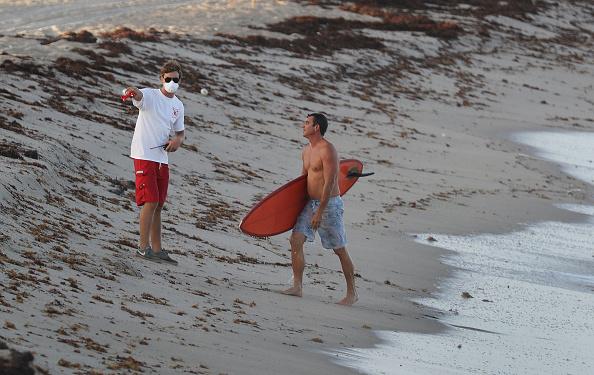MIAMI—Toxic algae blooms known as a red tide have been found off beaches near Miami, officials in Miami-Dade County said on Oct. 4, a rare east coast sighting of a phenomenon more often seen in the Gulf of Mexico that can kill fish and irritate humans.
County Mayor Carlos Gimenez said public beaches would be closed north of Haulover Inlet, an area marked by secluded green spaces, a boat marina and a nude beach on a barrier island about 15 miles north of downtown Miami.






